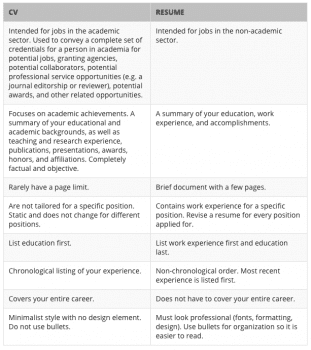Content originally published on data180.com. Learn more about Interfolio’s acquisition of Data180 here.
When Karen Hoelscher, professor of education at Western Washington University, decided to create an electronic portfolio to support a recent post-tenure review, she knew that she didn’t have all of the technology skills necessary to complete such a project. So she turned to a young colleague, assistant professor of education Paula Dagnon, for help.
Dagnon taught Hoelscher about some of the software, hardware and information storage skills involved in creating a portfolio on a website, and collaborated with her along the way until the website was complete. The two documented their experience, along with their thoughts on the electronic portfolio process, for a 2012 Inside Higher Ed article titled “Old Dog, New Tricks.”
In their essay, Hoelscher and Dagnon make their case for why electronic portfolios may be advantageous over traditional paper portfolios.
“We believe there are both academic and affective reasons for developing an electronic portfolio,” they write, “including navigability and transporting a product for another use, and creating clear, compelling, interactive explanations that illustrate how production and role intersect.”
The essay details the process that the two professors went through in creating Hoelscher’s electronic portfolio, outlining the significant time commitment and work undertaken by each. They assert that, while the learning curve for older professors may be steeper, the benefits of learning new technology stretch beyond the creation of a portfolio to enhance a faculty member’s career and teaching skills.
“With a host of new skills, faculty may think about, and use, these new skills in their work as a professor, such as incorporating blogs and wikis to bring students’ discussions and projects to life in classes, and generating enthusiasm for creating a student-produced video featuring what it’s like to be a teacher education student at our university,” they write.
At DATA180, our faculty data management system, FACULTY180, currently generates portfolios in the form of traditional CVs. However, we have had several discussions about the usefulness of providing multimedia faculty portfolios to support the needs of the our client institutions.
Currently, FACULTY180 is focused on collecting faculty data from multiple sources and repurposing that information in multiple forms for multiple uses:
-
CVs for faculty performance evaluations and documenting credentials
-
Accreditation reports for regional and professional accrediting bodies
-
Ad hoc and custom reports for internal data analysis and for reporting to external stakeholders
-
Searchable results to support faculty opportunities for networking, collaboration and outreach
We would like to hear from others about the benefits of multimedia faculty CVs in academe. We will be listening closely as we consider our road map for future development.
The full Inside Higher Ed article is available here: https://www.insidehighered.com/advice/2012/03/30/essay-collaboration-between-faculty-colleagues-creating-electronic-post-tenure
Content originally published on data180.com. Learn more about Interfolio’s acquisition of Data180 here.












